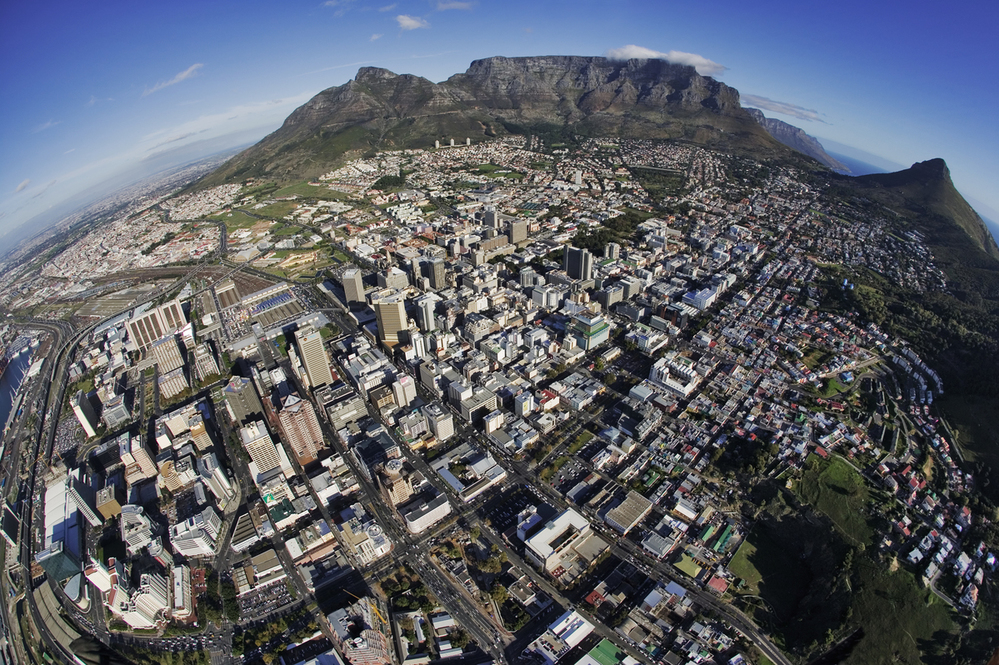Day Zero: The Metro Manila Water Problem
March 2019
Last year saw the makings of a major water crisis strike the coastal city of Cape Town, South Africa. Metro Manila may be far removed from the dry and temperate climate of South Africa, but could something like the Cape Town water crisis happen in the Philippines?

The Ipo Watershed reservoir. Ipo Dam and its subsequent reservoirs supply water to the Metro Manila area. Photograph © Alo Lantin / WWF-Philippines
The Big One
“In Capetown all their eggs were in one basket. Similar to the Philippines with Ipo Dam,” says Paolo Pagaduan, WWF-Philippines Forests for Water Project Manager. Much like Cape Town, most of Metro Manila’s potable water comes from one, single source in Southern Bulacan. Ipo Watershed, site of the Ipo and Angat dams, supplies 98% of the metropolis’s water, with the remaining 2% coming from sources such as Laguna de Bai. Should the dam be damaged, Metro Manila would lose its water supply – and such damage could be fast approaching.
“The problem is, [Angat Dam, which is part of the Angat-Ipo-La Mesa system] is under repair because a fault actually runs through it,” explains Pagaduan. The Philippine Institute of Volcanology and Seismology (PHILVOLCS) predicted that a massive earthquake was set to strike Metro Manila and its surroundings. Such a quake could destroy the Angat and Ipo Dam. Should this happen, an already-damaged Metro Manila would lose its only source of water, plunging the region into humanitarian disaster.
What is needed, according to Pagaduan, is a diversification of the sources of water going to Metro Manila. Where currently 98% of the cities’ water comes from Ipo Dam, investments should be made to explore other possibilities. This would alleviate the pressure being placed on the current single water source, while also reducing the risk posed by natural disasters such as the Big One expected to strike the nation’s capital.
“Droughts aren’t predicted in this area, but all our eggs are still in one basket,” continues Pagaduan.

Overhead view of the Cape Town central business district. A heavily-populated area, heavy water demands contributed significantly to the humanitarian crisis felt by the city between 2015 to 2018. Photograph © Martin Harvey / WWF
A People Problem
Should the Big One never arrive, however, Metro Manila could still meet with trouble – a trouble caused by the demands of its citizens.
The National Capital Region uses a large amount of water, more than the cities’ water suppliers can handle. In 2018, the 1,600 million litre per day (MLD) supply from Ipo Watershed coursed through Manila Water was exceeded, with usage rates continuing to increase. The first quarter saw usage reach 1,650 MLD, with the remaining 50 MLD being sourced from La Mesa Dam. In total, Ipo Dam can supply approximately 4,000 MLD not accounting for water inefficiency, but the supply might not be enough, with Metro Manila’s population slated to exceed 20 million by 2020. The upward trend in water usage led Manila Water chief Geodino Carpio to predict water shortages by the year 2021 – the beginnings of our own Day Zero.
“There’s two sides to the coin. There’s the supply side, and there’s the demand side,” reminds Pagaduan. “We take it for granted because we have a lot of water. For example, if you’re in Saudi, they have very different outlooks… Us, we have so much water, we sometimes take a bath at least twice a day in summer. It’s a cultural thing, and we have a lot of water.”
“Water is finite, due to climate and the capacities of the dam… because of the design of the dams, they have a capacity. We’re reaching that limit now,” reminds Pagaduan. “Eventually people will have to cut back. If you double the population… we can do it, but we’d have to half our current consumption. That’s the tough part. Are people willing to sacrifice?”
There is a chance that the Big One might not ever strike Metro Manila, which would spare Ipo Dam from destruction. Even if that were not to happen, though, a constantly growing population means constantly growing demand. If water usage continues to increase, there will come a day when the demand outpaces the supply – a mere postponement of Day Zero. What can be done to keep that day from ever coming?
Part two in a three part story series. Read part one here and part three here.
For more information, please contact:
Communications & Media Manager Mr. Dan Ramirez (dramirez@wwf.org.ph)
